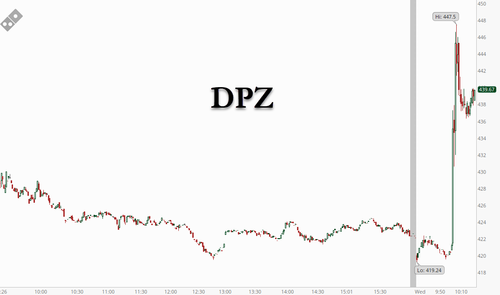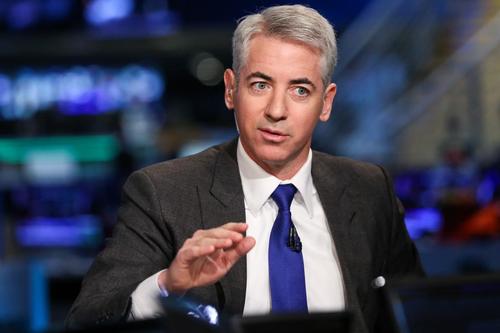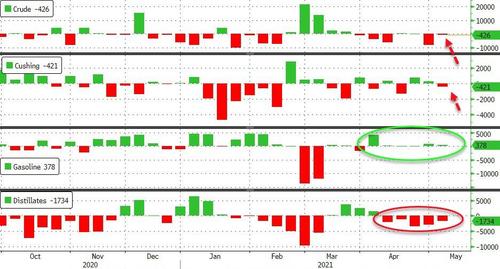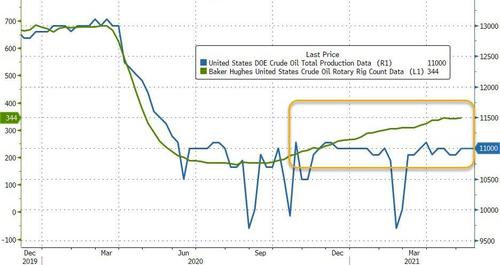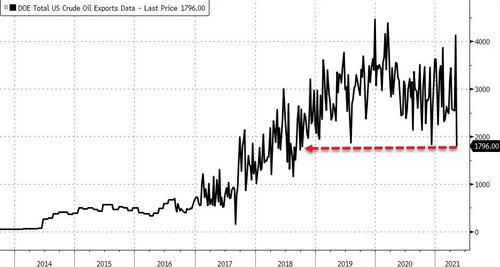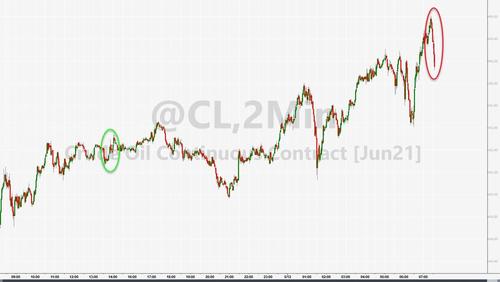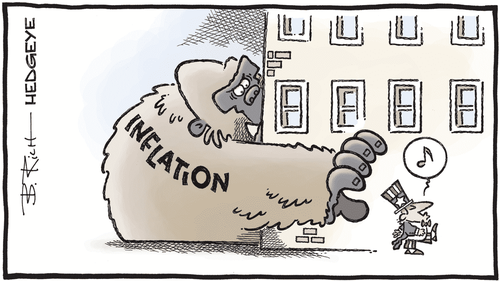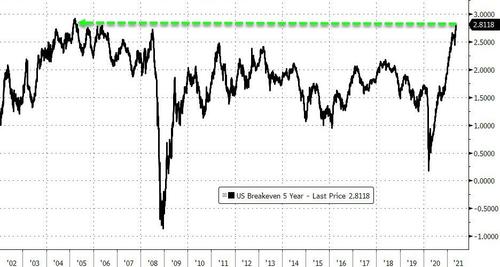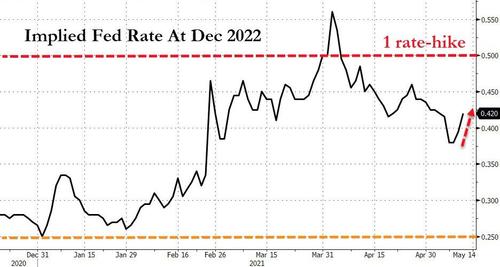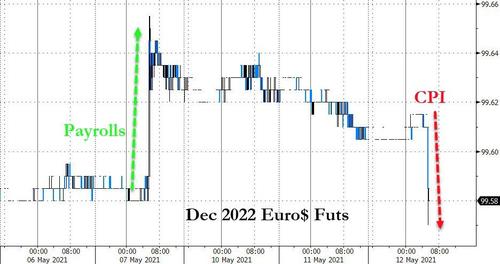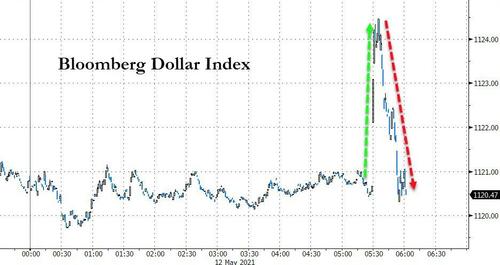“Literally Armageddon”: 53 Killed In Gaza & 5 Israelis Dead As UN Warns “Full-Scale War” Imminent
After overnight sustained rocket fire from Gaza and at the same time Israeli airstrikes pounding the strip, the combined death toll reached to at least 50, with hundreds more injured, into Wednesday. International reports are citing over 50 Palestinians killed in Gaza alone, many among these children.
Middle East Eye cites the following numbers by late into the afternoon (local time): “At least 53 people have been killed in Gaza since Israel began its bombing campaign in the besieged territory on Sunday morning.”
“That number, accurate as of Wednesday afternoon, includes 14 children and three women, with a further 320 people wounded with injuries of varying degrees of severity, according to Gaza’s health ministry.”
And on the Israeli side, local reports cite that “three Israeli women were killed in rocket attacks, with more than 50 injured, including two women in serious condition: an 81-year-old as well as a 30-year-old who was hit by shrapnel in her upper body.”
This takes the death toll on the Israeli side to five since the start of fighting early this week.

The IDF announced that 16 among the Gaza dead were militants – some of them “senior commanders” – while also counting “hundreds” of Hamas and Islamic Jihad rockets fired into Israel, many reaching deep into central Israel and scoring direct hits on heavily populated residential areas.
Israeli media is reporting that multiple members of Hamas’ “General Staff” were eliminated in airstrikes Wednesday:
The dead men were identified as Bassem Issa, the head of the Gaza City brigade since 2017 and head of the group’s cyber network and missile improvement project Jamaa Tahla. According to the Shin Bet, Tahla was the right-hand man of Muhammad Deif and the central leader of the group’s efforts to improve its military capabilities.
WARNING: GRAPHIC CONTENT – Israel carried out hundreds of air strikes in Gaza and Palestinian militants fired multiple rocket barrages at Tel Aviv and the southern city of Beersheba in the region’s most intense hostilities in years https://t.co/7EDcqm4iUM pic.twitter.com/vtizTWGCSV
— Reuters (@Reuters) May 12, 2021
Hamas’ rocket response grew in intensity especially after a 13-story apartment building was struck and completely collapsed in on itself. Israel is claiming that it gave the occupants multiple “warnings” to get out before the building was attacked.
Israeli Prime Minister Benjamin Netanyahu on Tuesday vowed that the militants would pay a “heavy price” – in a rapidly escalating scenario that many pundits say is closely resembling the devastating 2014 Gaza war.
“Literally Armageddon” – some Palestinian eyewitnesses are saying of the constant bombardment being unleashed on Hamas-controlled Gaza…
On last day of Ramadan
Gaza is being bombed by Israeli fighter jets 💔
ITS LITERALLY ARMAGEDDON 😭
FREE PALESTINE 🇵🇸
pic.twitter.com/g1W2KnCeMp— StanceGrounded (@_SJPeace_) May 12, 2021
The United Nations is warning “full-scale war” is being realized amid the rapid escalation:
“Stop the fire immediately. We’re escalating towards a full-scale war,” tweeted UN Special Coordinator for the Middle East Peace Process Tor Wennesland. “The cost of war in Gaza is devastating & is being paid by ordinary people. UN is working w/ all sides to restore calm. Stop the violence now.”
Israeli tanks have further been seen heading south toward the Gaza border, potentially mustering in case of further severe escalation that would lead to possible Israeli ground invasion.
ISRAELI TANKS MOVING TO GAZA BORDERpic.twitter.com/SYCDBEKe8T
— The_Real_Fly (@The_Real_Fly) May 12, 2021
Indeed a “ground war” seems to have already shown signs of beginning…
Hamas has published a video showing a Kornet ATGM hitting an Israeli jeep pic.twitter.com/UGqbYwHxWu
— Anna Ahronheim (@AAhronheim) May 12, 2021
The White House, meanwhile, is apparently attempting to strike a ‘middle ground’ of sorts “against extremism that has inflicted violence on both communities,” according to a statement by White House press secretary Jen Psaki on Tuesday, while administration officials further offer the usual vague statements that Israel has a “right” to defend itself, however while stopping short of saying the same of the Palestinian side.
Video from EAPC Oil Tanks, #Ashkelon, struck by a rocket from #Gaza earlier today. pic.twitter.com/JCcV4vlyTi
— Aurora Intel (@AuroraIntel) May 11, 2021
Meanwhile both journalists and activists are urging more White House action in calming the fighting. It’s since been revealed that President Biden sent a letter to Palestinian President Abbas urging a de-escalation of the situation; however, as should be obvious Abbas has little to no control over Hamas operatives in Gaza.
Tyler Durden
Wed, 05/12/2021 – 10:55
via ZeroHedge News https://ift.tt/2Qap8YY Tyler Durden

